Many Lima beans (the genus Beans, the Legume family) are familiar under the name moon-shaped, moon-shaped, lunar. It has earned popularity due to its excellent taste, useful properties and variability of use. Grow a culture in the middle lane and in the south, in open ground, in the greenhouse, in the greenhouse. The variety that is right for you can always be chosen in the vegetable market.
Content
Distinctive features
Europe recognized Lima beans as a vegetable crop in the 16th century, and the Incas learned about delicious beans more than 5,000 years ago. The name of the species comes from the place where the pods were first discovered - the city of Lima in Pe Another name - “moon-shaped”, is associated with the appearance of seeds similar to the crescent of the moon, which is clearly visible in the photo.
Outwardly, it may look like a bush, like a climbing or creeping plant. The stem in climbing varieties grows from 30 to 200 cm in length, sometimes in creeping ones it reaches 15 m. The leaf plate is dense, with a bluish bloom. Small sizes of flowers (there are about 30) of a whitish-greenish or lilac color form an inflorescence resembling a brush. The disclosure of flowers does not occur simultaneously, but with an interval of time.
The fruit is a wide, flat bean with a length of 6 to 18 cm. Unlike other species, the young pod is not eaten - there are very coarse fibers inside the leaf. 2-4 seeds are formed, their color, depending on the variety, is different: cream, motley, white-gray. At the stage of milk ripeness, they have a gentle buttery taste, which is appreciated in cooking. Ripening dates are different - from 9 to 13 weeks.
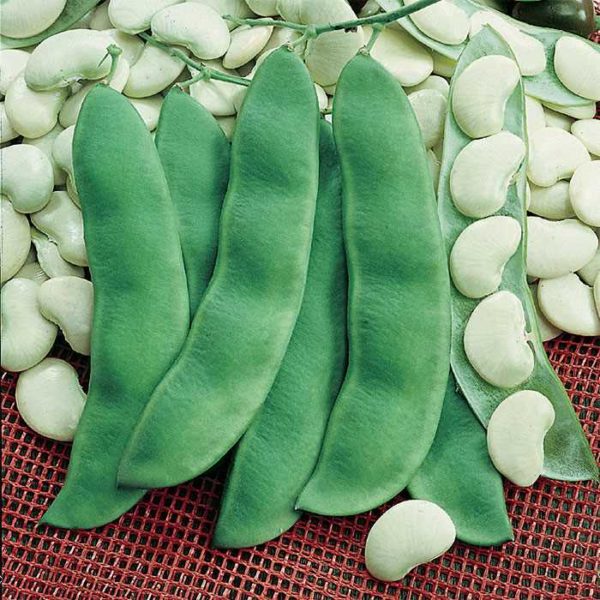
All varieties of Lima beans are divided into large-fruited - the length of the seed reaches 3.5-4 cm, and small-fruited. Baby lima (Baby Lima) is the common name for bean varieties with small seeds.
All about the benefits and disadvantages of lima beans
Now much attention is paid to healthy, nutritious nutrition, and the culture has firmly established itself in a number of nutritious dietary products rich in proteins and fats.
Benefit
The fruits contain a lot of starch, fiber, which gives a long-lasting feeling of satiety, so bean dishes are indispensable in dietary and therapeutic nutrition. Plant protein, which is about 25%, is digested well, and animal proteins replace it during fasting and various diets.
The presence of coarse fibers in the composition of the vegetable improves intestinal motility and, accordingly, the rapid elimination of unnecessary substances from the body during digestion. They, which is important, create the conditions for the formation of beneficial bacteria that make up the intestinal microflora.
Trace elements calcium, potassium, iron, magnesium, selenium, phosphorus, B vitamins are necessary to create a supply of energy, improve the condition of blood vessels, and heart function. With regular use of beans, including lima, the metabolism improves, the level of bad cholesterol in the blood decreases.
The culture is also valuable because the seeds can be used in fresh and dried form, and during storage they do not lose their beneficial qualities.In cooking, they are stewed, boiled, baked, ground into flour. The combination with other products is perfect.
disadvantages
Despite the taste and useful properties, some categories of people should limit the use of beans or completely abandon its use.
When you can not eat beans:
- diabetes mellitus of any type;
- flatulence;
- chronic gastrointestinal diseases in the acute stage;
- stones in the kidneys.
Cultivation and care
Since the culture comes from warm sunny regions, for its cultivation it is necessary to choose a sunny area, where there are no through winds and stagnation of moisture. Lima beans can be grown by sowing seeds on a ridge or by seedlings.
Sowing in soil
The soil must be prepared in the fall - dig, remove plant debris, weed roots, add 40 g of superphosphate per 1 m² and, if necessary, lime (350-500 g per 1 m²). In the spring, spread granules of complex fertilizer (40 g per 1 m²) on the ridge and bury.
It is necessary to start planting when the soil warms up to 15 ° C. Timing depends on weather conditions. If planted in cold earth, then the seeds, waiting for heat, can simply rot. The seed material must first be disinfected, having stood for three hours in a pink solution of manganese.
How to plant:
- holes (depth 3.5-6 cm) for bush varieties are arranged with an interval of 20 cm, the row spacing is from 40 to 60 cm;
- for climbing varieties between the holes the distance is greater - about 30 cm, row spacing - from 80 to 90 cm;
- can be planted in a square-nesting manner, leaving between 50 to 70 cm between seeds;
- immediately establish supports, in the absence of such an opportunity to plant beans near the fence, corn.
To protect against unstable spring weather, it is recommended to build a shelter from film or covering material from above.
Planting seedlings
Prepare seeds for planting should begin in early March - after processing, lay them on a damp cloth and leave to swell (keep the tissue moist but not wet). After the appearance of roots, plant in glasses with a disinfected soil mixture consisting of garden soil, peat, sand.
If the soil is fertile, then fertilizing is not necessary, and if fertilizers are required, then superphosphate is used after germination. Watering is carried out regularly, keeping the soil moist. Try not to allow excessive moisture, so as not to damage the root system. When establishing constant daytime temperatures at a level of 16 ° -20 ° C, seedlings are planted on the ridge.
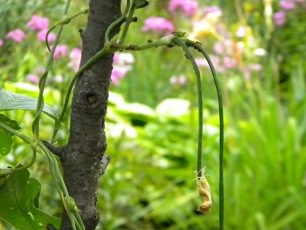 You may be interested in:
You may be interested in:Care
Further care will consist of the usual procedures for watering, loosening, hilling, fertilizing:
- water early in the morning or in the evening when the topsoil is dried, not allowing water to stand under the bushes;
- when watering, try not to get on the leaves - a drop of water in the sun becomes a lens and can cause a burn;
- in inclement rainy weather with a large amount of precipitation on heavy lands, shelter from the film can be built over the landings so that the beans are not jammed;
- carry out the first dressing no earlier than two weeks after transplanting the seedlings into the ground - infusion of greens (grind nettle, weeds, add water and leave for at least 24 hours), mix with a small amount of sifted ash, dilute with water in a ratio of 1: 8, pour 1 liter under the bush ;
- for the following dressings (there should be at least three of them in total), you can use solutions of ammonium nitrate or phosphate fertilizers according to the instructions, combining them with the addition of an ash solution (mix equal parts of ash and water, then dilute with water 1:10);
- several times during the season to carry out superficial loosening and hush bushes - when watering, the lower part of the stems is exposed.
Possible diseases and pests
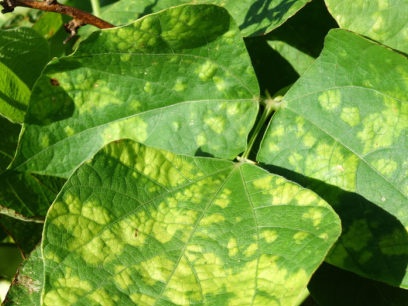
Gardeners noted that Lima beans are less susceptible to infections. Sometimes in the second half of summer with prolonged inclement weather or large differences between daytime and nighttime temperatures, signs of powdery mildew or leaf spotting may appear. The treatment with Bordeaux liquid, copper sulphate (1%), and Bactofit special agent helps to cope with the infection.
Insect pests do not like it because of the peculiar smell of leaves and stems, so the proximity to it is beneficial to other cultures, and there will be no flies and mosquitoes in the gazebo entwined with climbing beans.
Harvesting and storage
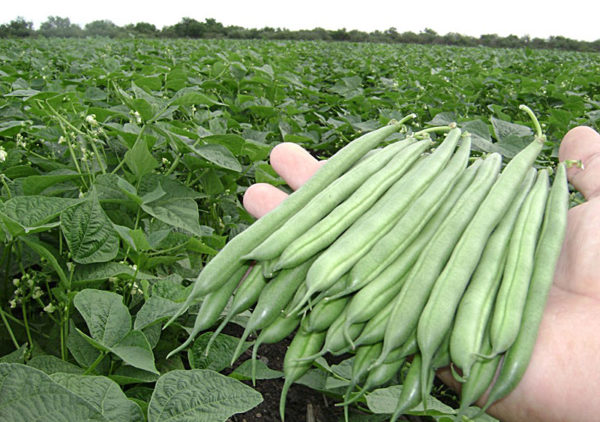
On bush varieties, grains begin to ripen earlier than on climbing varieties. If the fruits of milk maturity are required, then they are collected until the shell on them has become dense. You can check this with a toothpick, thin stick, piercing the bean. Freshly stored young beans only in the refrigerator and no more than two weeks.
Storage options for milk beans:
- in a container on a refrigerator shelf (no more than two weeks);
- fresh and blanched grains can be frozen;
- canning.
The ripening of seeds can be judged by the state of the pod - if it began to turn yellow and dry, then the grains are ready for harvesting.
Grains from dry pods are easily husked, then they are scattered in a dry room with access to fresh air for drying.
Additionally, you can withstand several days in the sun.
How to keep dried beans:
- in a dry room in a cloth bag at a temperature below +10 ° C;
- in a freezer in a plastic bag;
- in a glass container with a tight lid where you can put garlic or mix the contents with a small amount of salt;
- in a vacuum container.
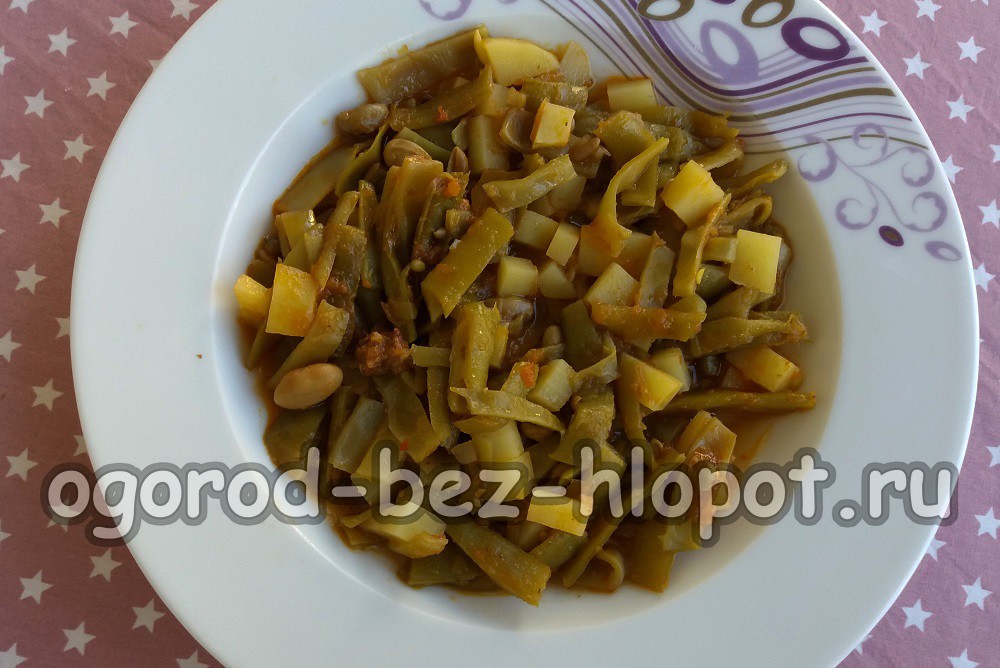 You may be interested in:
You may be interested in:Lima Bean Dishes
Many who have tried Lima beans in various dishes say that it’s just a pleasure to taste it - a gentle touch of butter is woven into the aroma of other ingredients! It perfectly retains its shape during cooking, therefore it is ideal for salads and appetizers, excellent taste gives soups and side dishes a peculiar pleasant aftertaste.
Sauerkraut stewed with lima beans
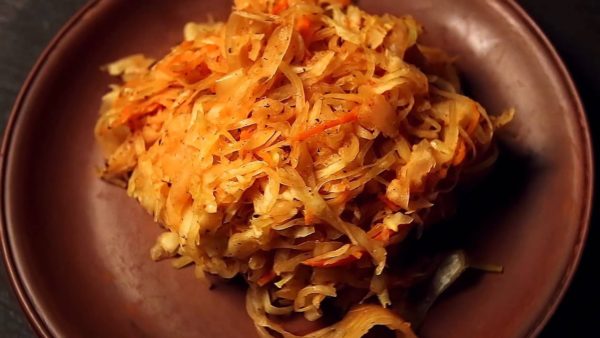
Products:
- lima bean grains - 500 g;
- sauerkraut - 800-1000 g;
- white or red bulb of medium size;
- bay leaf - 2;
- allspice - 3 peas;
- salt to taste.
How to cook
Soak dry grains in cold water for 8 hours, rinse and cook for 1.5-2 hours, and put in a colander. Add salt at the end of cooking.
Finely chop the washed cabbage and simmer until tender, adding a little water, onion, pepper, bay leaf. After softening, remove the bay leaf, peppercorns, pour the beans and simmer for about 7 minutes. To taste, add salt, pepper, herbs.
Lima Bean Salad
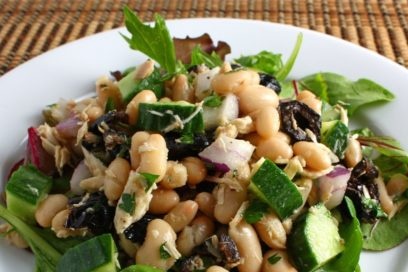
Products:
- lima bean grains - 300-400 g;
- smoked chicken breast - 1;
- bulb of medium size;
- spicy Korean carrots - 100-200 g;
- tomato - 2;
- greens (cilantro, dill);
- salt;
- garlic - 1-2 cloves;
- vegetable oil.
How to cook
After soaking dry beans (8 hours), rinse, boil, salt in the end of cooking, put in a colander.
Cut the tomatoes into slices, salt, mix with grated garlic and leave for half an hour. Thin half onion rings pour boiling water for 10-15 minutes, lay in a colander.
Cut the breast into thin strips, add carrots, onions, tomatoes, chopped herbs, season with vegetable oil, add salt to taste.
Reviews
Galina Sergeevna, Izhevsk
I will share my experience in growing lima beans. Since I have little space in the garden, I decided to grow it in the territory in front of the house. I built two trellises, which took up a little space, and the overgrown beans created very spectacular hedges, dividing the site into a recreation area and an economic zone. This option turned out to be very profitable and convenient - beautiful, planting does not take up space in the garden.
Ivan Petrovich, Omsk
I like Lima beans in dishes, and I came up with my own version of appetizers from it: boil, cool, crush with a blender, add finely chopped dill, cilantro or basil, ground black pepper, garlic, odorless olive or sunflower oil, I insist a couple of hours. When the mass is saturated with all the aromas, I spread it on a piece of toast or croutons. With soup or as a snack option - great. Reviews of my family about my dish are always enthusiastic.

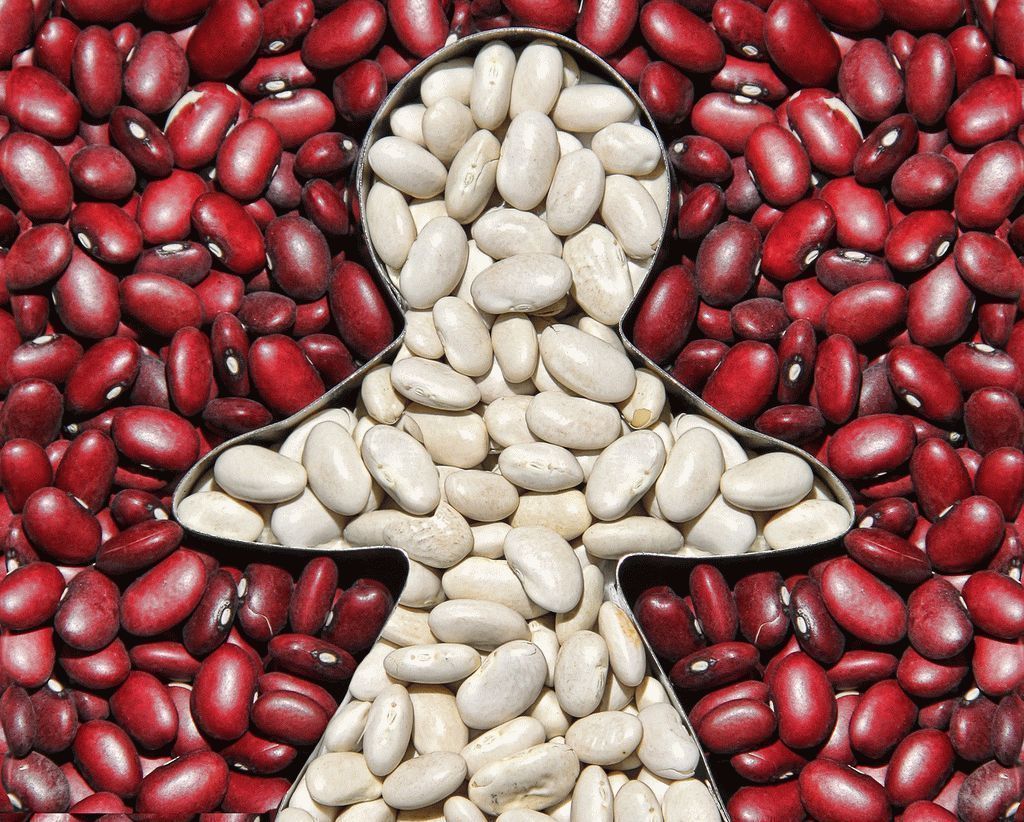
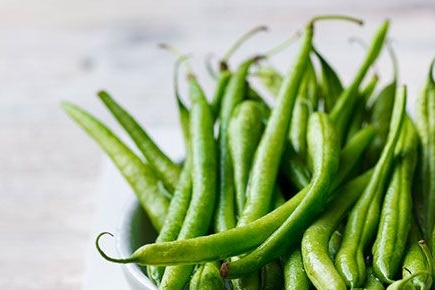
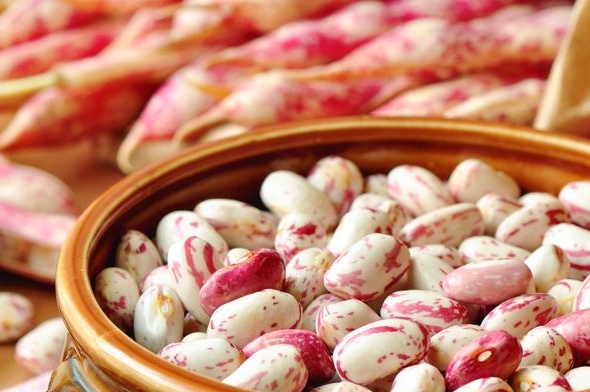
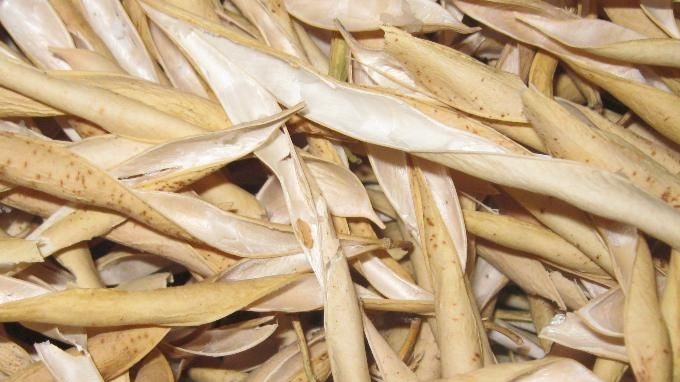 Bean flaps: useful properties, contraindications, benefits and harms
Bean flaps: useful properties, contraindications, benefits and harms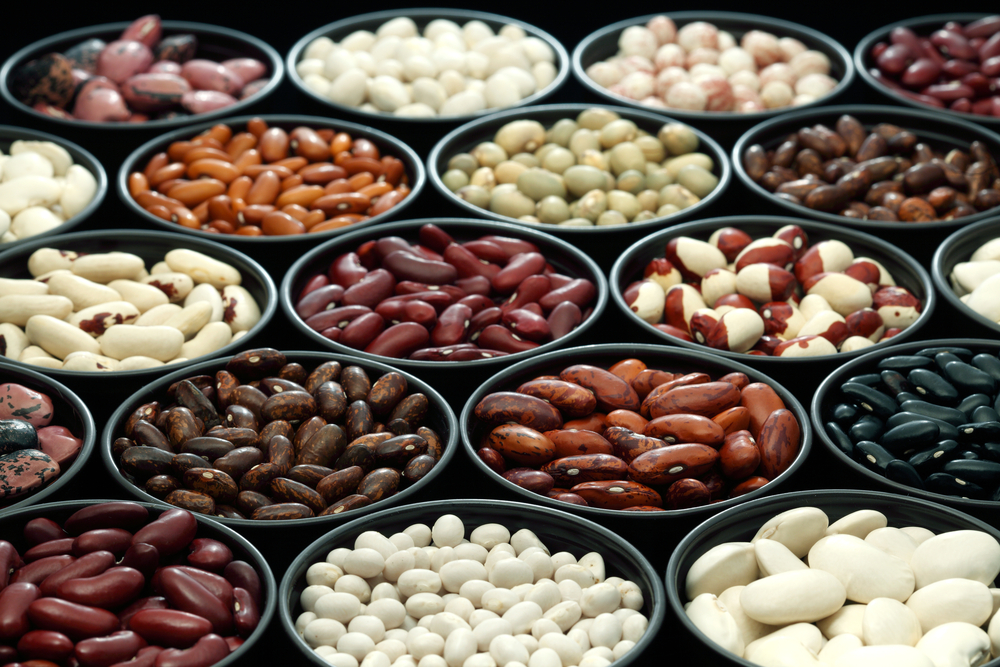 Beans for the body: composition, benefits, contraindications
Beans for the body: composition, benefits, contraindications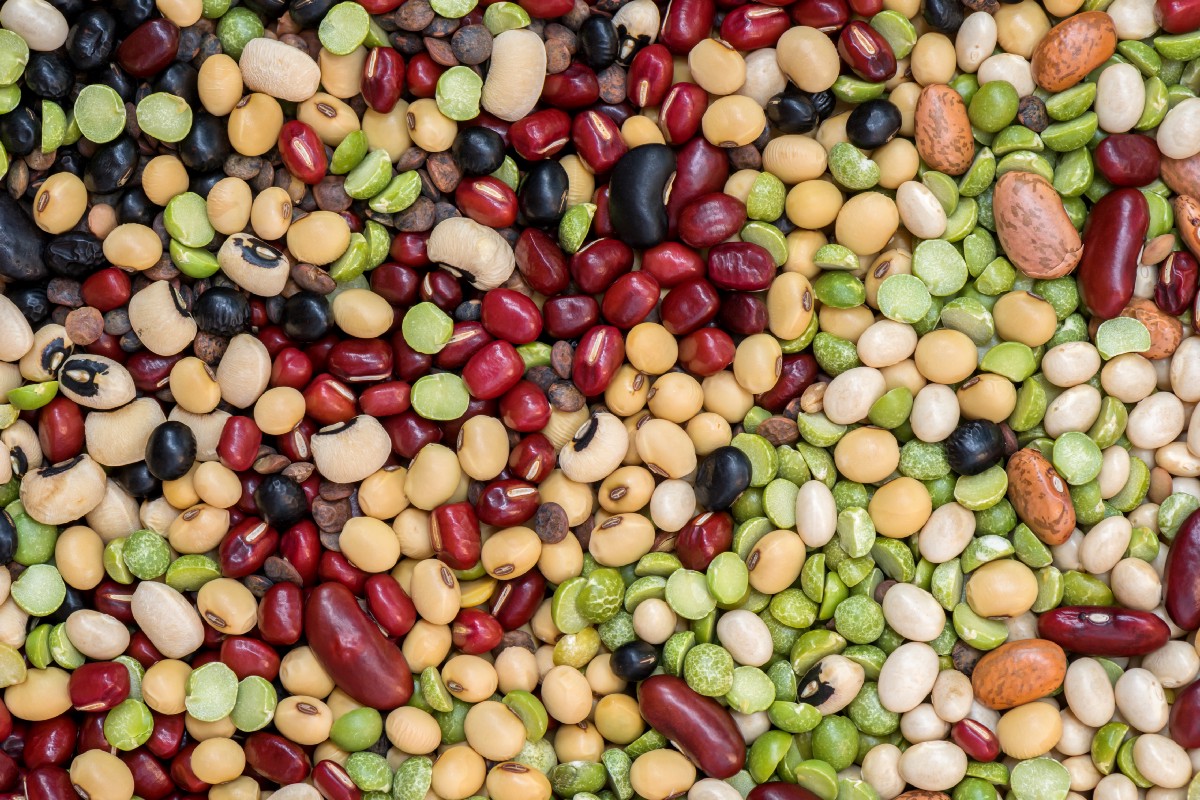 Types and varieties of beans: their name, description and photo
Types and varieties of beans: their name, description and photo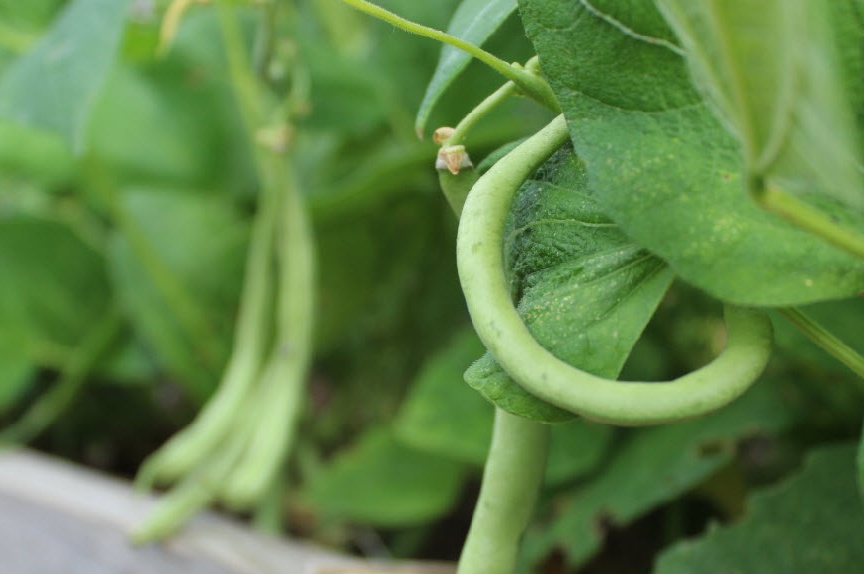 Description and photos of popular varieties of asparagus beans
Description and photos of popular varieties of asparagus beans